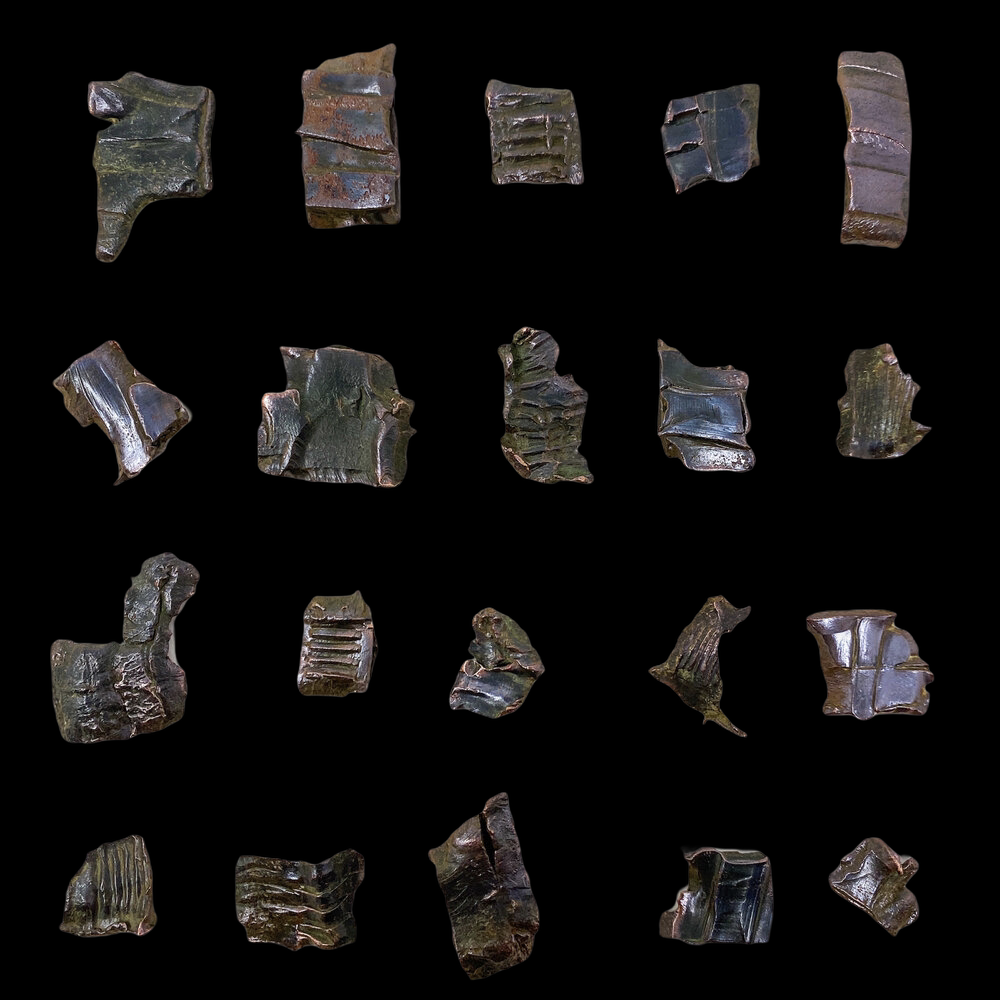1 'Randomly' Selected WWI Battlefield Dug German Copper Artillery Fragment


1 'Randomly' Selected WWI Battlefield Dug German Copper Artillery Fragment
When we established Premier Relics as one of the growing leading artifact dealers in the United States we wanted to bring authentic, researched, and museum grade artifacts to the general public. This ‘LOT COLLECTION’ was created on the basis of providing real and authentic relics from the past at EXTREMELY affordable prices.
When purchasing an artifact from our ‘Lot Collection’ you will receive one randomly selected artifact from the lot (group) of relics you see in the photo. The photo represents the exact quantity that is originally available as well as one of the randomly selected relics that you will receive. Meaning that one of the artifacts you purchased and receive is pictured in this exact photo.
These WWI German copper artillery shell fragments were dug and excavated from a World War I battlefield. We acquired a recently dug group that was sent over from Europe. These exploded and once very deadly shrapnel pieces come from an exploded German artillery shell fired during battle.
Use of Artillery during WWI:
During the outbreak of World War I trench warfare dominated the battlefield. The tactics and strategies used by both opposing sides raised a new level of importance for the use of artillery on the battlefield. As a result, over the course of the war, major improvements were developed in artillery warfare. Not only were the designs of the artillery cannons improved, but they now carried larger high explosive shells that could be shot with a much faster rate to fire. Enemies in trenches near and far were no longer safe as constant barrages of artillery could now be fired upon at a rate of several rounds per minute for hours. Soon to become known as artillery barrages soldiers didn't need to "go ‘over the top’ in order to face danger. The impact of artillery shells caused trenches to implode and bury soldiers and their equipment, as well as timed fuzes set to explode while the shell is in the air, projecting deadly fragments of lead balls and shell casing onto the soldiers below. Explosions such as these created a rapid movement for the development of new helmets and headgear to protect front line soldiers against the deadly effects of shrapnel. While the helmets did not protect soldiers from artillery fragments completely, it offered a sense of protection and some safety as these deadly fragments rain down upon them.